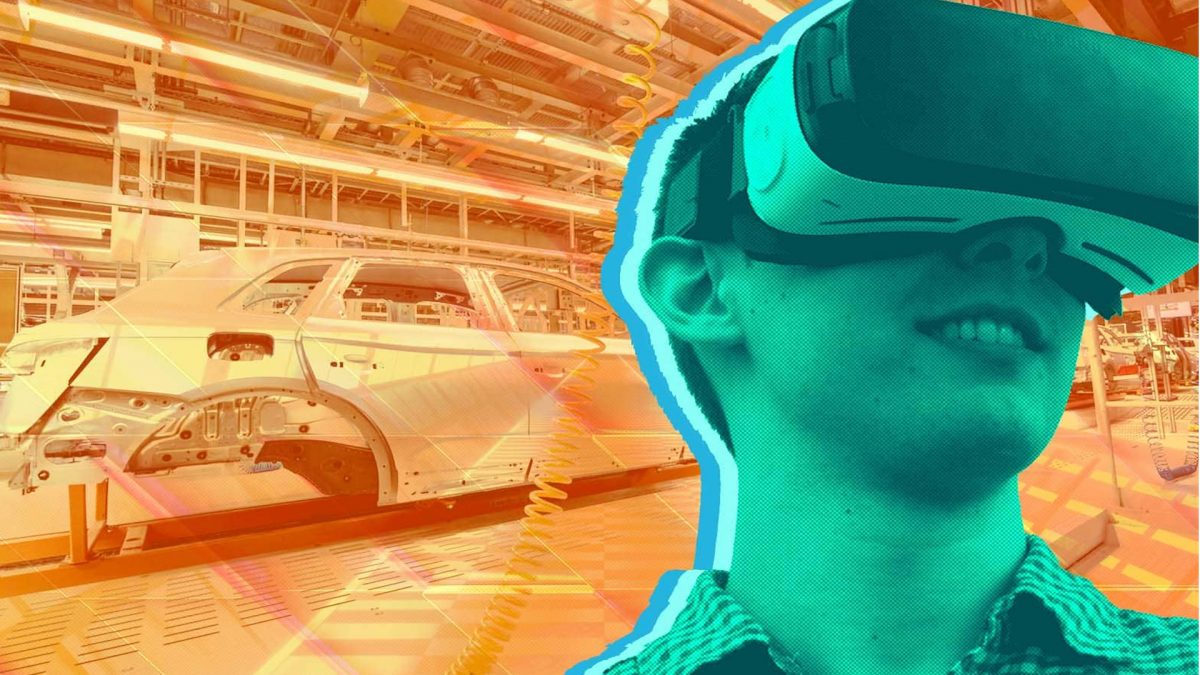Reports suggest that in the US alone, about 2,800 companies are now engaged in developing technologies essential to the Metaverse. And what’s even more interesting is that about 30 percent of them have raised over GBP 5 billion in only a year. The global Metaverse market is forecasted to reach $783.3 billion in 2024 vs. $478.7 billion in 2020, representing a compound annual growth rate of 13.1%, based on analysis by IDC, PWC, Statista, and Two Circles data.
The Metaverse has all the advantages of modern-day cloud technology while, at the same time, offering an all-inclusive experience that allows users to explore and discover something new at any time. Online entertainment and social media companies are already exploiting prospects that will open up new revenue streams. It also offers infinite opportunities for manufacturers who have chosen to embrace it. Imagine an interactive environment where multiple users can collaborate on projects or contribute their ideas; advanced communication tools. This would provide real-time collaboration between businesses, industrial teams, and customers; enable efficient exchange of information within a specific industry by assembling a community of experts. State-of-the-art internet and intranet for companies with technologies like VR headsets, 3D modeling tools, and haptic feedback can provide employees and customers with an immersive digital experience.
Let’s explore five ways via which Metaverse will prove to be a breakthrough innovation for manufacturers everywhere.
1. How is Metaverse Impacting Manufacturing?
The technology that delivers an immersive experience by adding layers of Augmented Reality (AR), Virtual Reality (VR), and Mixed Reality (MR) don’t restrict itself to production or core manufacturing activities. It touches on various other aspects of Manufacturing to create a collective impact.
2. Quicker and Better Employee Training and Onboarding
Whether it has already hit the shore or an incoming wave, many companies have already started adopting the Metaverse. They have begun training their employees on using and maintaining equipment via VR headsets instead of using physical equipment.
Immersive learning blends the feel and presence of VR with learning data science, theory, and space designing, enhancing the learner’s learning experience.
As the environment is a simulation, there is room for trial and error while working on real-world equipment during training. Virtualization can fast-track training, skills acquisition, and learning.
For onboarding, orientation, company walkthrough, setting up of work environments, payroll, etc., can be transformed into an immersive experience, acquainting new hires with the business vision, values, products and services, policies, and procedures.
3. Virtual Product Design Collaboration, Simulations for Real World Products
Manufacturers need real products in hand to believe in them. But things are changing! Manufacturers are stepping out of their conventional approach.
They acknowledge the Metaverse’s connection between the real and virtual worlds to unlock various new opportunities! They can create physical products via designs generated from digital spaces.
Metaverse allows design engineers to collaborate and create virtual designs remotely. Once a traditional 3D modeling tool for product engineers, it has moved into an analytical environment that can simulate possible manufacturing processes, material composition, and component usage. Using digital twins, this approach will help manufacturers make better decisions about manufacturing processes, materials, and component usage to spur a new age of innovation.
4. Equipment Repairing
AR, VR, and MR can help technicians and workers get assistance with equipment maintenance. The concept proliferated during the pandemic when support teams had travel restrictions, and it was challenging to have them onboard.
An advantage for companies in the remote assistance realm is that many of these solutions do not require additional hardware. Many are using AR with existing devices like tablets and smartphones. Among many, people like the feeling associated with mastering problem-solving, which offers job satisfaction.
5. A Major Shift for the Industrial Sector: Need of the Hour
Companies have embraced Metaverse to improve efficiency, reduce costs and enhance customer experience. These benefits have triggered an increasingly competitive landscape and a significant shift in companies’ operations. The industrial sector has a long history of being central to creating new technologies and will continue to be one of the leaders in this area for years to come. As more organizations adopt these technologies, manufacturers must adapt their business methods and implement new digital solutions to remain competitive in this new era of workplace automation.

